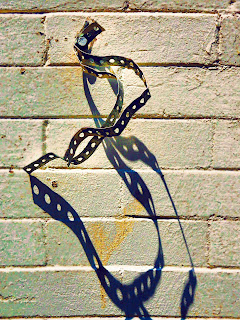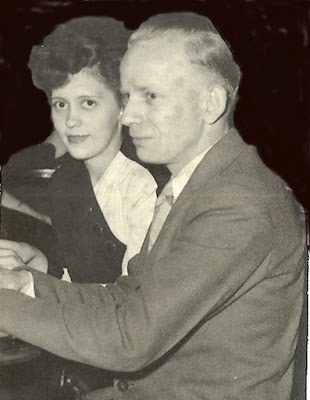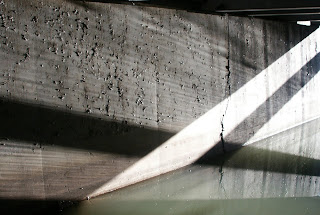Many times I have to remind myself that when I try too hard to find or make a photograph, the result is a photographic version of "Writers Block." I repeat the same photographs and come home with pretty predictable results. In photographing reflective surfaces, we instinctivly reach for the polarizing filters to reduce or eliminate reflections. Over the last few years I have found that a little more time really looking at reflections as a part of the story vs. a technical problem to be solved has opened me to many possibilities for interesting images.
The first image of a hot rod fender, not only shows a great flame paintjob, but tells the story of the show within the reflections of the street , people and scenery reflected in the fender. A shot of the fender minus the reflections or of the street scene would not be as dramatic.
The pond surface reflecting the winter storm clouds approaching again sets the mood of the storm about to sweep across the pond.
The final image of the tire and wheel, would not be nearly as interesting without the 41 Willy's reflected in the hub cap. It's suddenly not a pictue of a wheel but a story of the event. Obviously this requires a bit of trial and error, and I have many "self portraits" of my camera and I looking back at me through the reflective surfaces.
In many cases, I don't fully see the effects until I review the images later. This technique of allowing the unplanned or unconventional image to come to me has helped me expand my vision and see the scenes within the scenes.
I hope you will find this technique useful. Please feel free to share your results of using this technique. Michael
All of these images and others can be viewed at my web site at:
http://www.stillslife.com/
























